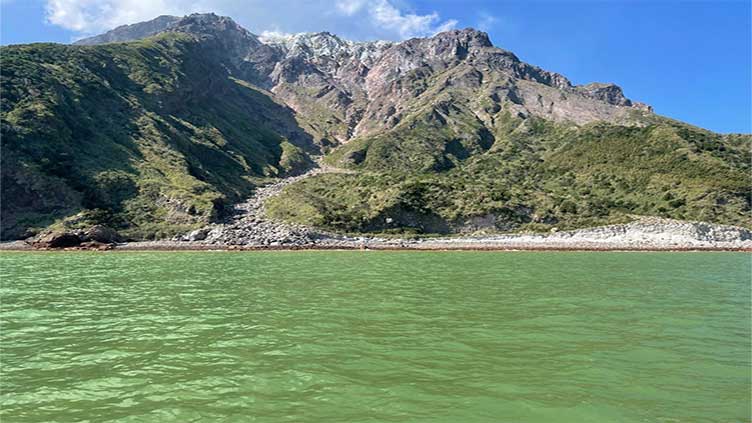Scientists discover evidence that Earth's oceans were once green

WeirdNews
The study sheds light on life during the Great Oxidation Event
(Web Desk) - Imagine the world’s oceans with their beautiful blue color. Now, imagine those same oceans appearing green. This intriguing possibility is suggested by new research from Nagoya University in Japan. A team led by Taro Matsuo has found evidence that cyanobacteria, key players in the evolutionary process, once thrived in green seas. Their findings were published in Nature Ecology & Evolution.
The study sheds light on life during the Great Oxidation Event, a pivotal time roughly 2.4 billion years ago when cyanobacteria began performing oxygenic photosynthesis. By harnessing sunlight to produce oxygen, these microorganisms initiated a dramatic shift in Earth’s atmosphere, ultimately enabling the development of oxygen-dependent life forms.
Today, plants are the primary drivers of oxygen production, relying on chlorophyll pigments to capture sunlight. However, early cyanobacteria used not only chlorophylls but also additional pigments known as phycobilins, which played a key role in their light-harvesting systems. The research team sought to understand why these ancient organisms evolved to use both pigment types, an adaptation that may have shaped the color and chemistry of Earth’s early oceans.
Using advanced simulations, they found that the underwater light spectrum during the Archaean era (4–2.5 billion years ago) changed to green due to iron precipitation. At the time, the Earth’s oceans contained high levels of ferrous iron, which was released by hydrothermal vent systems. The Great Oxidation Event changed this balance, as the oxygen reacted with the iron, changing it from ferrous to ferric iron.
Ferric iron has different properties, such as being insoluble, causing it to precipitate out as rust-like particles. The presence of these iron-rich particles changed the wavelengths of light that could penetrate the water. As the particles preferentially absorbed blue and red light, mainly green light was transmitted, causing the underwater environment to be dominated by green hues.
“Genetic analysis revealed that cyanobacteria had a specialized phycobilin protein called phycoerythrin that efficiently absorbed green light,” Matsuo said. “We believe that this adaptation allowed them to thrive in the iron-rich, green oceans.”
Matsuo also believes his research may help in the search for life in outer space. On Earth, the ocean appears blue because water absorbs red light and scatters blue; however, the green oceans in the Archean era might have efficiently reflected green light due to iron precipitation. Therefore, looking for green oceans could be used as a sign of primitive life on distant planets.
Matsuo is excited about the possibility of green oceans improving the search for alien life. “Remote-sensing data show that waters rich in iron hydroxide, such as those around Iwo Island in the Satsunan archipelago, appear noticeably brighter than typical blue oceans,” Matsuo said. “This leads us to think that green oceans might be observable from a longer distance, making them easier to detect.”
The research shows the intricate balance between the surface environment of the Earth and photosynthetic organisms. The findings suggest that the emergence of photosynthetic life led to environmental changes, which in turn fostered further evolution of photosynthetic organisms, showing how life and the Earth often coevolve.
Matsuo is convinced that the green ocean hypothesis brings together findings about the Earth in its early stages. “When I first had the idea that the oceans used to be green, back in 2021, I was more skeptical than anything else,” he said. “But now, after years of research, as geological and biological insights gradually came together like pieces of a puzzle, my skepticism has turned into conviction.”
“For me personally, a major turning point was our field survey on Iwo Island in the Satsunan archipelago in 2023,” he added. “From the boat, we could see that the surrounding waters had a distinct green shimmer due to iron hydroxides, exactly like how I imagined the Earth used to look.”




